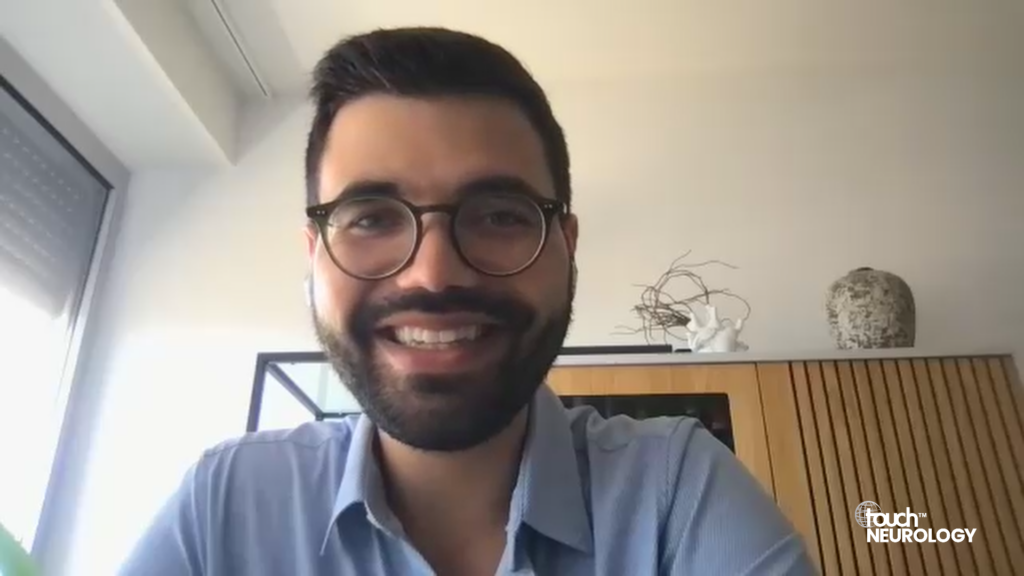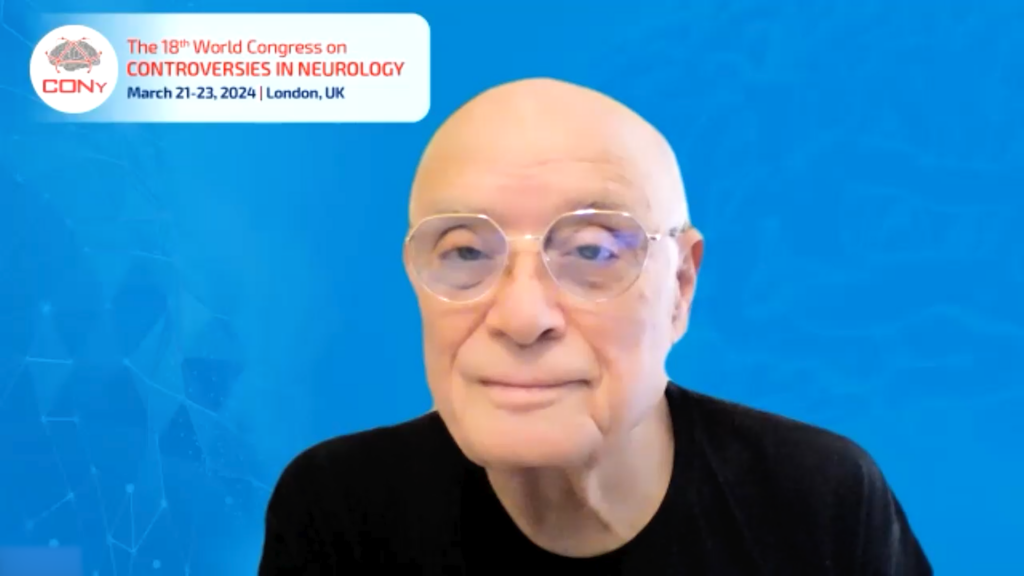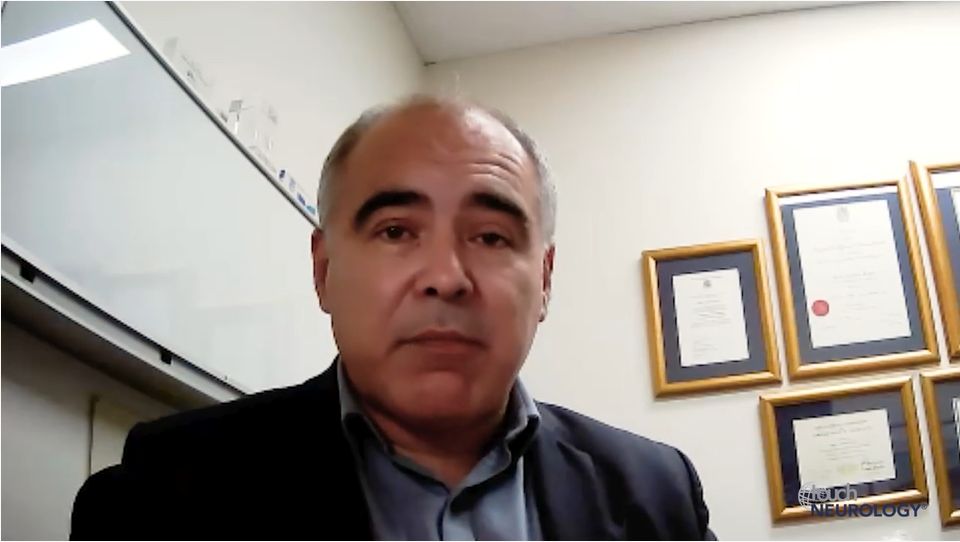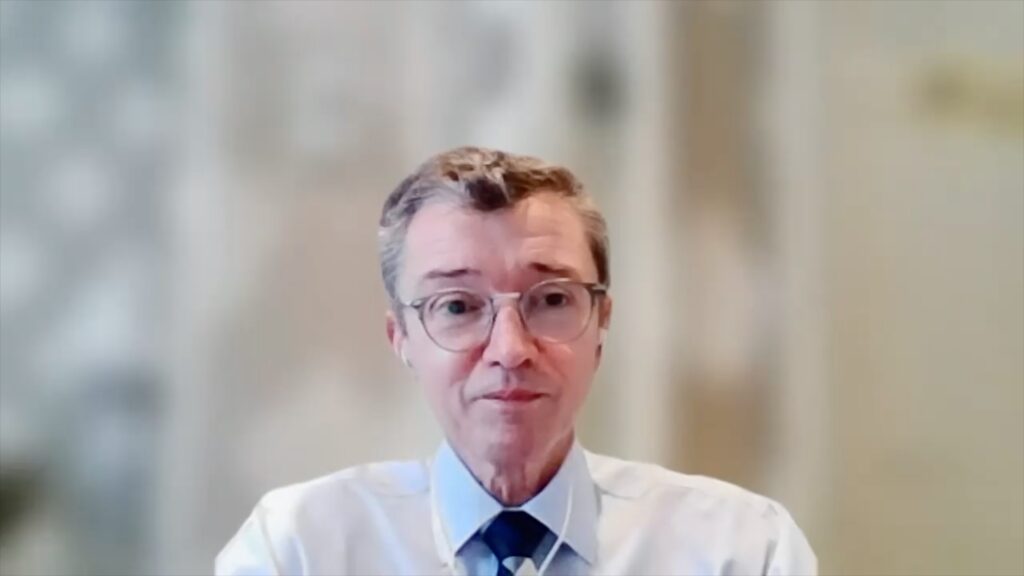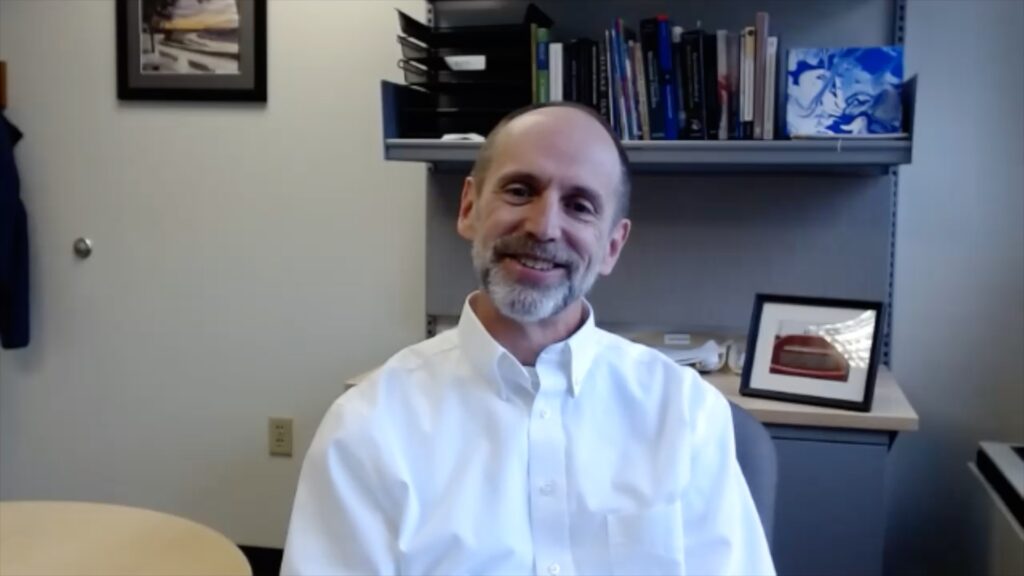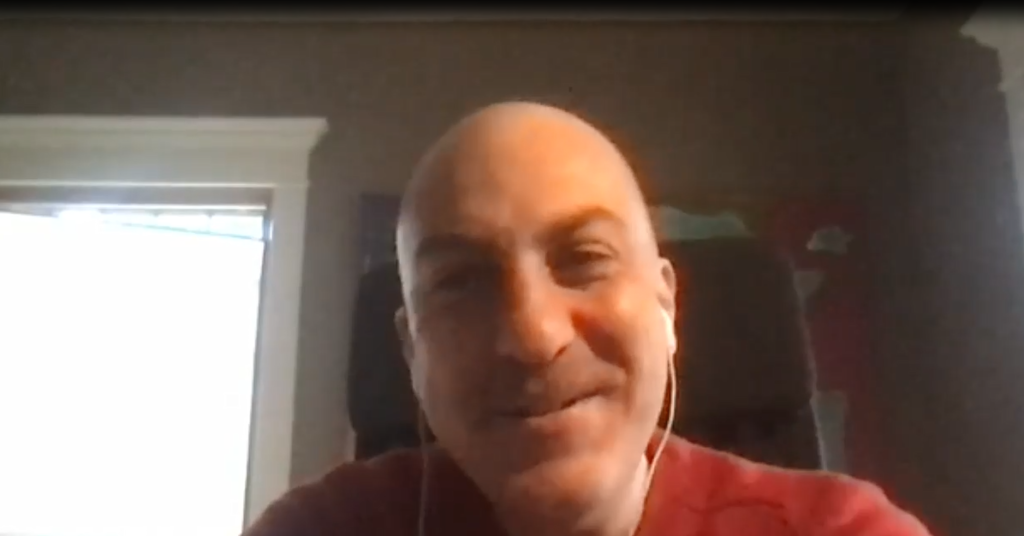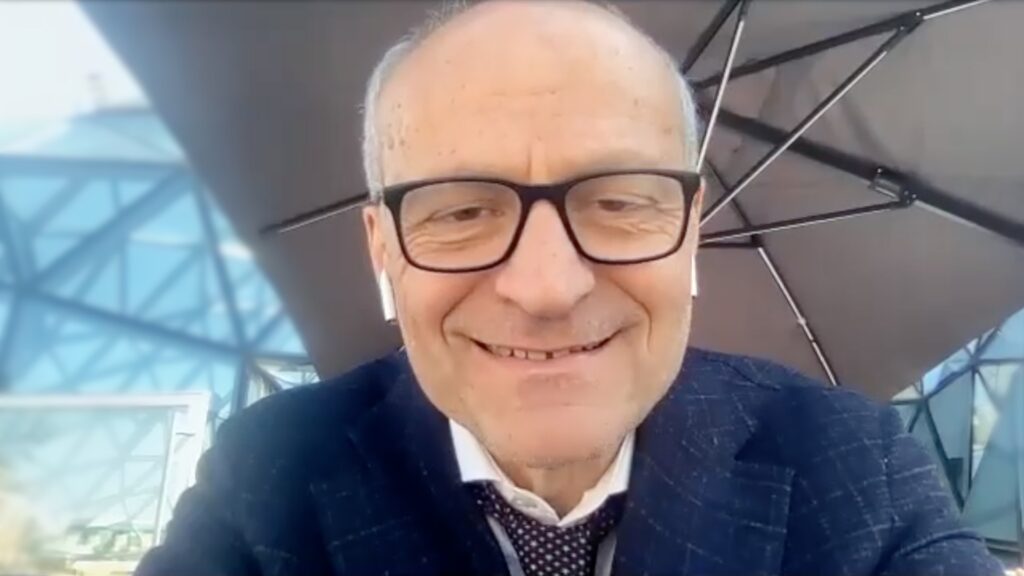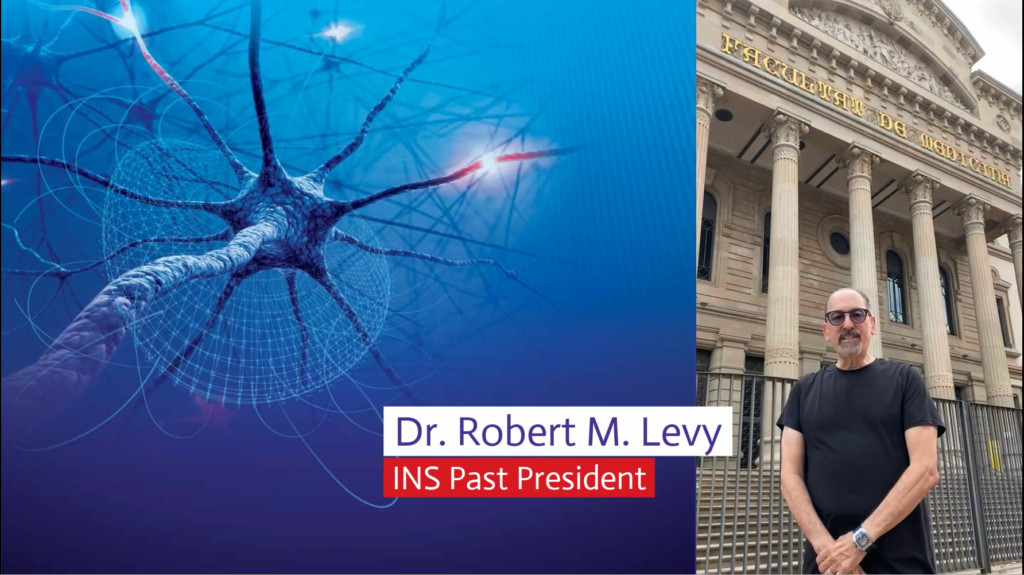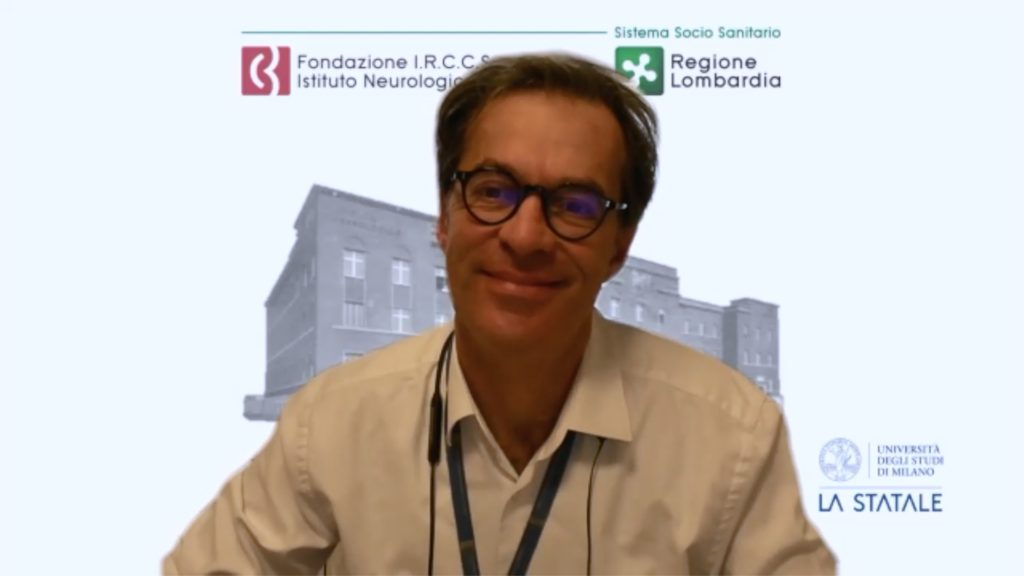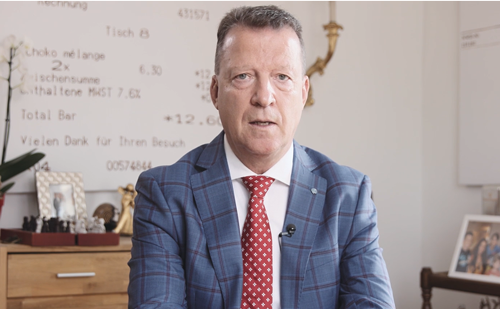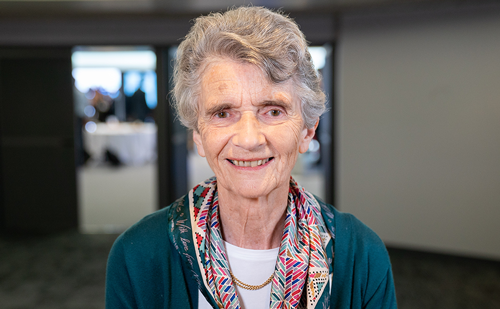The 70th Annual American Academy of Neurology (AAN) Meeting was held on April 21–27, 2018, in Los Angeles. In this insight, we discuss the highlights of presentations on Parkinson’s disease (PD) and other movement disorders.
Among the presentations on PD, one of the most important findings was that people who have been diagnosed with a mild concussion, or mild traumatic brain injury, may have an increased risk of developing PD. The study involved 325,870 veterans from three US Veterans Health Administration medical databases, half of whom had been diagnosed with either a mild, moderate or severe traumatic brain injury. Participants ranged in age from 31–65 years and were followed for an average of 4.6 years. At the start of the study, none had Parkinson’s disease or dementia. All traumatic brain injuries were diagnosed by a physician. After a mild injury, defined as loss of consciousness for 0–30 minutes, alteration of consciousness of a moment to 24 hours or amnesia for 0–24 hours, the increased risk was 56%, but moderate to severe injury, defined as a loss of consciousness for more than 30 minutes, alteration of consciousness of more than 24 hours or amnesia for more than 24 hours, raised the risk to 83%. According to lead investigator Raquel C Gardner, a neurologist and assistant professor at the University of California, San Francisco, “This study highlights the importance of concussion prevention, long-term follow-up of those with concussion, and the need for future studies to investigate if there are other risk factors for Parkinson’s disease that can be modified after someone has a concussion.” She added, “While our study looked at veterans, we believe the results may have important implications for athletes and the general public as well.”1
In other presentations on PD, Acordia Therapeutics announced data from a phase III study in which treatment with inhaled levodopa (Inbrija®) resulted in improvements in PD symptoms at all time points between week 4 and 52 on part III of the unified Parkinson’s disease rating scale (UPDRS-III), which assesses both movement and non-movement symptoms. Other key findings included reductions in patients’ “off” times and improvements in Patients’ Global Impression of Change (PGIC) scores.2 These findings have prompted Acorda to apply for European approval of Inbrijia®. The US Food and Drug Administration (FDA) accepted Acorda’s New Drug Application for Inbrija in February and a decision is expected in October 2018.
Adamas Pharmaceuticals had six presentations at the AAN meeting, most of which focused on amantadine (Gocovri®) extended release capsules.3 Gocovri® has recently been approved by the FDA for the treatment of dyskinesia in patients with PD receiving levodopa-based therapy. The presentations included a pharmacokinetic study establishing a target plasma concentration of ~1400 ng/mL for dosing regimens to maximize antidyskinetic efficacy in patients with PD treated with levodopa,4 and an exploratory analysis suggesting that Gocovri® might have beneficial effects on non-motor symptoms, particularly depression and daytime sleepiness, in PD patients with dyskinesias.5
In the late-breaking emerging sciences session, one-year data were announced from a study evaluating deep brain stimulation (DBS) with a new multiple-source, constant-current rechargeable system (VerciseTM DBS System, Boston Scientific). The system targets the subthalamic nucleus (STN), part of the brain that is hyperactive in PD, and was approved to treat motor symptoms by the FDA in late 2017. In the INTREPID study, 292 patients were randomly assigned to either active (medium and continuous dose) or control (low and intermittent dose) treatment for 12 weeks. The duration of “on” periods increases by a mean 3.03 hours in active patients compared with those in the control group. In addition, the active group showed 49.2% improvement in motor symptoms in UPDRS scores, and a sustained improvement in quality of life as measured by the Parkinson’s Disease Questionnaire 39 (PDQ-39). Rates of infection and brain haemorrhage during surgery were low.6
While PD is the best-known movement disorder, essential tremor is the most common movement disorder affecting older people.7 Among the key presentations at the AAN meeting was a study investigating a new, non-invasive type of nerve stimulation in patients with essential tremor. There is a need for an alternative to current therapeutic options – the beta-blocker propranolol and the anticonvulsant primidone – which are ineffective for some patients and poorly tolerated.8 The wrist-worn neuromodulation device stimulates the median and radial nerves in the wrist and delivers a stimulation pattern designed to interrupt a tremor. In an in-clinic study, patients were randomised to the device or a sham stimulation. The treatment group reported a 65% improvement in the severity of tremor compared with 32% in the sham group. No serious side effects were reported; 3% had mild side effects such as skin redness and irritation, which resolved without treatment. Interestingly, certain patients experienced dramatic improvements; these were generally patients whose tremors were not adequately controlled on current medication but whose tremors were not severe enough to be considered for invasive surgery. In a longer at-home study, 61 participants received either stimulation with the neuromodulation device, sham stimulation or their usual treatment. Treatment stimulation was performed for a minimum of two sessions a day for up to one month, and tremor severity measured using sensors on the device before and after each session. The treatment group showed a reduction in tremor severity after 89.5% of the treatment sessions. While this was a small study and data are needed on larger populations over a longer period of time, the finding is important since it provided meaningful symptom relief with a favourable side effect profile compared to other available therapies.9
Key findings in other movement disorders include a study investigating the relationship between brain structure and restless leg syndrome (RLS). The results showed that patients with RLS exhibited a 7.5% decrease in average cortical thickness in the somatosensory cortex, the area where sensations are processed.10 It is likely, therefore, that symptoms may be related to the pathological changes in this area of the brain. therapies. However, the study did not establish a cause-and-effect relationship. Nevertheless, this is a significant finding in a poorly understood condition for which treatment options are limited, and may produce a novel area of focus for the development of new therapies.
References
1. American Academy of Neurology (AAN). A single concussion may increase risk of Parkinson’s disease. Available at: www.aan.com/PressRoom/Home/PressRelease/1643 (accessed 26 April 2018).
2. Grosset D, Dhall R, Gurevich T, et al. Long-term efficacy of inhaled levodopa in Parkinson’s disease subjects with motor fluctuations: a phase 3 open-label randomized study. Neurology. 2018;90(15 Suppl):S26.008.
3. Adamas. Adamas announces multiple data presentations at the American Academy of Neurology Annual Meeting. Available at: https://globenewswire.com/news-release/2018/04/12/1469642/0/en/Adamas-Announces-Multiple-Data-Presentations-at-the-American-Academy-of-Neurology-Annual-Meeting.html (accessed 2 May 2018).
4. Brigham E, Johnston T, Brown C, et al. Pharmacokinetic/pharmacodynamic analysis of amantadine for levodopa-induced dyskinesia: correlation of therapeutic plasma concentrations from multiple species with humans. Neurology. 2018;90(15 Suppl):S45.006.
5. Mehta S, Pahwa R, Tanner C, et al. Effects of ADS-5102 on non-motor symptoms (NMS) in Parkinson’s disease patients with dyskinesia. Neurology. 2018;90(15 Suppl):P1.039.
6. Boston Scientific Corporation. Boston Scientific announces positive late-breaking data from the INTREPID study. Available at: www.prnewswire.com/news-releases/boston-scientific-announces-positive-late-breaking-data-from-the-intrepid-study-300634745.html (accessed 26 April 2018).
7. Lewis S, Liddle J. Diagnosing non-parkinson’s movement disorders. Practitioner. 2012;256:21–4,3.
8. Rajput AH, Rajput A. Medical treatment of essential tremor. J Cent Nerv Syst Dis. 2014;6:29–39.
9. Pahwa R, Giroux M, Ostrem J, et al. Non-invasive peripheral nerve stimulation for symptomatic relief of hand tremor in essential tremor. P4.474. Presented during the Emerging Science Poster Presentations at the 70th Annual Meeting of the American Academy of Neurology, Los Angeles, CA, April 21–27, 2018.
10. Lee B-Y, Kim, J., Connor, J.R. et al, Involvement of the central somatosensory system in restless legs syndrome. A neuroimaging study. Neurology. 2018; DOI 10.1212/WNL.0000000000005562 [Epub ahead of print].


